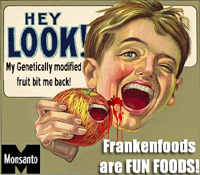
For this post I was interested in seeing how many chemicals my car put into the air. I found something better. I found the "Household Emissions Calculator". This calculator asks you a few simple questions about how much energy you use. It takes this information and tells you how much CO2 your activities put into the air. After calculating how much pollution you create, I gives sugestions on how to cut back. It does this by asking if you will cut back on a certain activity and by how much. Not only does it show how much the CO2 level goes down, It shows how much money you could save.
About this Calculator
What I like about this calculator is that it shows how much money you save and give reasonable ways you could reduce your emissions. Something I didn't really like is that it dosen't get into anything really specific. One thing I would have liked to have seen them ask was the year of the car you drive. This would be helpful to know what kind of emissions devices your car has like a catalytic converter.
What I'm Going to do
One thing I'm going to do is star playing less video games and just go for a walk or a bike ride. Anothing thing I will do is drive my motorcycle a lot more than my car. It gets way better gas mileage and pollutes less. For the short trips, I will just ride my bicycle.
About this Calculator
What I like about this calculator is that it shows how much money you save and give reasonable ways you could reduce your emissions. Something I didn't really like is that it dosen't get into anything really specific. One thing I would have liked to have seen them ask was the year of the car you drive. This would be helpful to know what kind of emissions devices your car has like a catalytic converter.
What I'm Going to do
One thing I'm going to do is star playing less video games and just go for a walk or a bike ride. Anothing thing I will do is drive my motorcycle a lot more than my car. It gets way better gas mileage and pollutes less. For the short trips, I will just ride my bicycle.
One thing I have already been trying to do is buy Energy Star Appliances. I recently bought an Energy Star certified computer.
Overall, I think this is a very useful site to show you how much you activities affect the earth.
Overall, I think this is a very useful site to show you how much you activities affect the earth.












